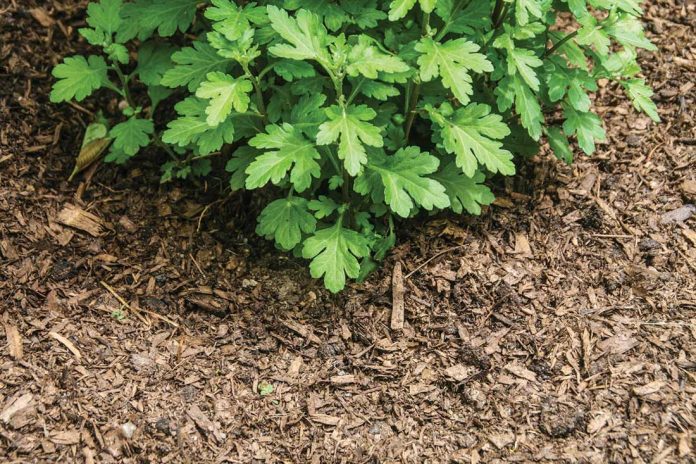By Kate Russell
September is a good time to finish harvesting summer crops and to begin planting a winter garden. There are many delicious plants that cannot tolerate our scorching summers, but thrive in our cool, moist winters. These tips can help you get the most out of your winter garden.
Bed preparation
As summer crops wind down, cut plants off at ground level, rather than pulling them out. This leaves valuable soil microbes and nutrients where they can provide for the next season’s crop. If you have access to aged compost or manure, top dress or dig it into the garden beds. This improves soil structure and replenishes valuable nutrients. Top dressing simply means leaving the amendment on top of the soil to be worked in by worms, irrigation, and other natural processes. This is often a better choice due to the area’s heavy clay soil. Digging in clay leaves behind a smooth surface that dries to an impenetrable barrier. And, it’s work!
Plant selection
There is a wide selection of plants that thrive in our mild winters. The list includes artichokes, arugula, beets, bok choy, broccoli, cabbage, cauliflower, chard, chayote, cilantro, collards, dill, fava beans, fennel, kale, kohlrabi, leeks, lettuce, mustard greens, parsnips, peas, radishes, spinach, and turnips can all be planted in September as seeds. You can also add Brussels sprout plants to your garden this month.
Planting your winter garden
If summer plants are still producing, there is no need to remove them before planting the next season’s crops. You can simply plant around them. In fact, established plants often provide protection from temperature extremes for seeds as they germinate. Since each plant has different irrigation and feeding requirements, be sure to read seed packets for that valuable information.
Get creative!
Your edible crops don’t necessarily have to be grown in tidy rows or raised beds. Add lettuces and spinach plants to a rose bed for a nice color contrast. It also helps to reduce erosion and water loss. Herbs make excellent container plants that don’t mind drying out. Peas can be grown on trellising, netting, a fence, or even up a tree trunk! There are a surprising number of ways to integrate edible plants into your landscape while keeping it attractive and water-wise.
Keep watering
The September month still brings some heat, so be sure to irrigate new and established plants regularly, until the rains come. While you’re at it, your big trees could probably use a deep watering to carry them through the last of summer.
Learn more about winter gardening at the South County Teaching and Demo Garden, found at St. Louise Hospital, 9400 No Name Uno, in Gilroy. You can learn more at https://goo.gl/eV2rRv.
For more information, visit http://mgsantaclara.ucanr.edu/events/ or call 408.282.3105 between 9:30-12:30pm, Monday through Friday.
Kate Russell is a UCCE Master Gardener in Santa Clara County.










